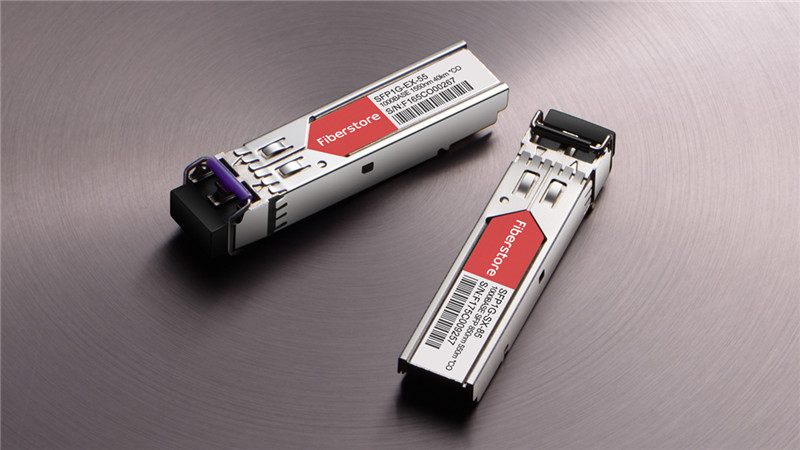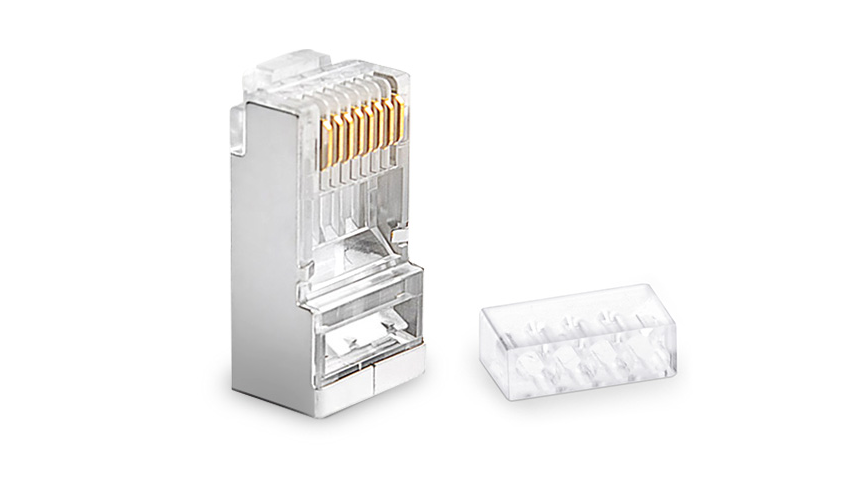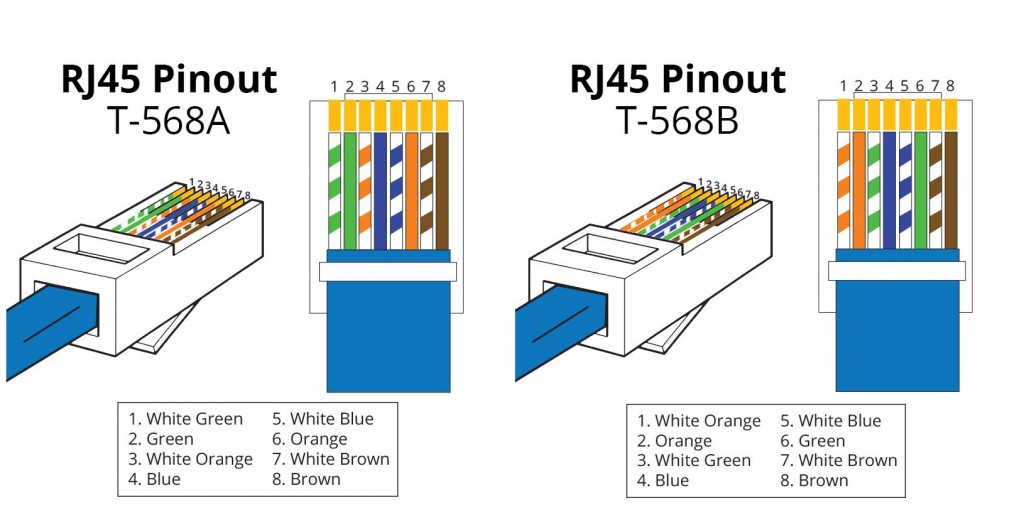How many modules types do you know? From the Fiberstore, I find this answer.The Fiber Optic Transceivers have a full range of sfp modules. Fiberstore supply various kinds of SFP module 100% compatible with Cisco SFP, HP SFP, Juniper SFP, Netgear SFP, DELL SFP, CWDM SFP, DWDM SFP, BIDI SFP, 10G SFP and so on. Next, I will give you a brief introduction on SFP module types provided by Fiberstore.

First SFP Module Types: CWDM SFP
The CWDM SFP (small form-factor pluggable) transceiver is really a compact optical transceiver used in optical communications for both telecommunication and data communications applications on the wavelength. CWDM SFP are used to link the ports to the fiber optic network, typical CWDM SFP like Cisco’s could support both Gigabit Ethernet and Fiber Channel. CWDM SFP transceiver modules make use of the SFP interface for connecting the equipment and use dual LC PC fiber connector interface for connecting the optical network. FiberStore CWDM SFP transceivers can be found with a variety of different transmitter and receiver types, allowing users to decide on the appropriate transceiver for each link to provide the required optical reach over the available optical fiber.
Second SFP Module Types: DWDM SFP
The Dense Wavelength-Division Multiplexing (DWDM) transceivers offer DWDM transport with dramatically lower power and cost in a standard pluggable SFP package. Fiberstore DWDM SFP is available in all 100 GHz C/L-band wavelengths on the DWDM ITU grid. As multirate interfaces they support any protocol from 100 Mbps to 4.25 Gbps. The modules meet the requirements of the IEEE802.3 Gigabit Ethernet standard and ANSI Fiber Channel specifications, they are suitable for interconnections in Gigabit Ethernet and Fiber Channel environments. The DWDM SFP is designed to accept DWDM SONET/SDH (with or without FEC) for 200km links and Ethernet/Fiber Channel protocol traffic for 80km links.
Third SFP Module Types: 10G SFP
The 10G SFP Transceiver Modules refers to 10G SFP Plus Transceivers,someone know that the sfp+ is an enhanced version of the SFP that supports data rates up to 10 Gbit/s. Several standards for 10G SFP has been released, 10GBase-SR is for OM3 multimode optical fiber, relevant SFP plus working distance 300 meters max, 10GBase-LR is for single mode optical fiber, relevant SFP plus working distance 10km, 10GBase-LRM is for FDDI multimode fiber, the SFP plus working distance 220 meters.
Want to know more SFP Module Types, pls visit fs.com, We will continue to update fiber optic transceiver information.Our optical transceivers are backed by a lifetime warranty, and you can buy with confidence. We also can customize optical transceivers to fit your specific requirements.
Related Articles:
What Is The Difference: SFP vs SFP+




